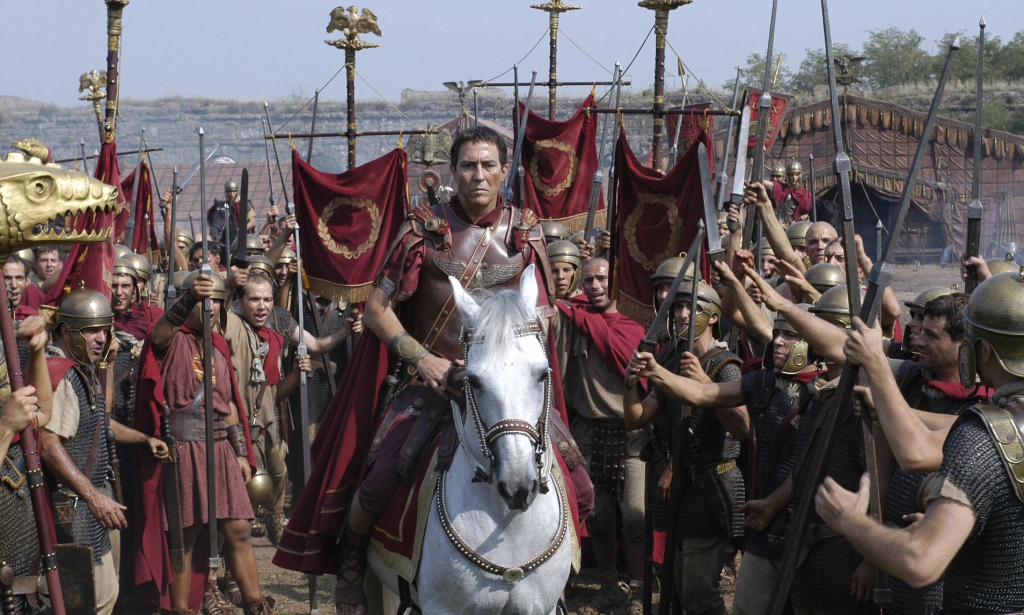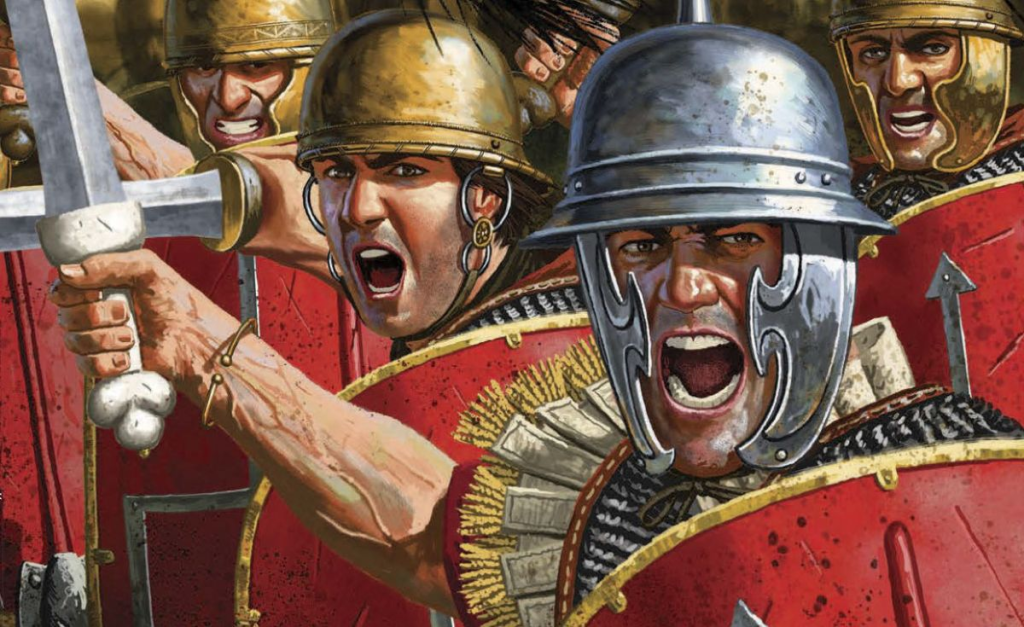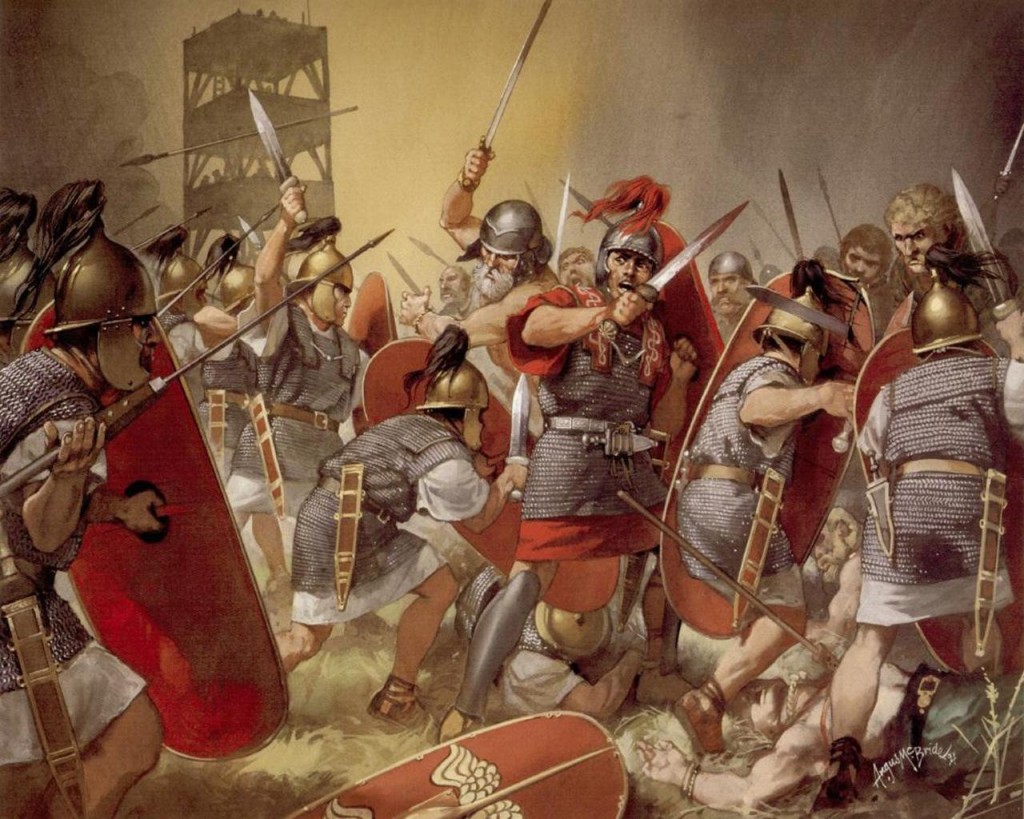
Article : Why Jesus Christ (Nabi Isa) Was Executed by the Rome’s War Machine: A Historical and Jane’s Military Intelligence Perspective
📜 Author’s Note on Original Framework
This article introduces a new analytical framework in historical-religious studies: “The Jane’s Military Intelligence Perspective on the Crucifixion of Jesus (Nabi Isa).”
To the best of current public and academic knowledge (as of 2025), this is the first published comparative study that applies a modern defense-intelligence analysis—including troop strength, weapons systems, and strategic logistics—to the historical execution of Jesus under Roman authority.
Developed by Ghailan India Romeo (SejarahID.com, 2025), this approach reinterprets the Gospel and Qur’anic narratives through the lens of asymmetrical power dynamics between a non-militarized prophetic movement and the world’s most advanced military empire of its era. The framework is proposed as an original contribution to the interdisciplinary study of religion, military history, and political theology, and may be cited as:
Ghailan India Romeo, “Jesus vs. Rome: A Jane’s Military Intelligence Perspective,” SejarahID.com (2025).
The execution of Jesus Christ (or Nabi Isa) was carried out by Roman soldiers through crucifixion under the authority of the Roman prefect Pontius Pilate, who governed Judea on behalf of Emperor Tiberius. Historically, this act was rooted in political and security concerns within the Roman province of Judea, where any movement that hinted at kingship or rebellion was treated as sedition.
Gospel Note
According to the Gospels, Jesus was arrested, tried, and executed by crucifixion under the Roman governor Pontius Pilate, following accusations that he claimed to be the “King of the Jews.” The Gospels of Matthew (27:11–37), Mark (15:1–26), Luke (23:1–38), and John (19:1–22) all record that Jesus was sentenced to death at the demand of local leaders, though Pilate himself found no guilt in him. Crucifixion was a Roman punishment reserved for rebels and slaves, designed to publicly deter insurrection. Despite having no army, weapons, or political base, Jesus’ growing influence and messianic identity were seen as a threat to both the Jewish priestly authorities and the Roman state. Thus, he was executed outside Jerusalem at Golgotha, an event Christians understand as the fulfillment of divine prophecy and the ultimate act of redemptive sacrifice.
Qur’anic Note
In the Qur’an, Jesus (Nabi Isa) is described as neither captured nor killed. Instead, God protected him and raised him to Himself. The Qur’an clearly declares:
“They did not kill him, nor did they crucify him, but it was made to appear so to them.”
(Qur’an 4:157)
This verse underscores divine intervention — that Isa was saved from his enemies — affirming his prophetic mission and denying any final victory by his persecutors.
Imagine the Comparison: Jesus’ Movement vs. Rome’s War Machine
You can easily imagine how enormous the Roman War mMchine was compared to Jesus’ peaceful and unarmed following. Jesus traveled with a handful of disciples, teaching spiritual reform and compassion — not military rebellion. Rome, by contrast, maintained a professional army with trained legions, auxiliary units, cavalry, and logistical support spanning thousands of kilometers. It was an absolute mismatch: a nonviolent spiritual teacher facing the world’s most efficient military empire.
From a Jane’s Military Intelligence–style perspective — a framework that evaluates troop strength, technology, and strategic balance — the contrast becomes striking. On one side stood the Roman Empire, an industrial-scale war machine with vast resources and legions across its territories. On the other stood Jesus, a prophet and moral reformer with twelve apostles and roughly seventy followers — none armed, none trained for war.
⚔️ Comparison Table: Jesus vs. Roman Military Power (circa 30 CE — Corrected Estimates)
| Category / Weapon Type | Jesus & Disciples (Estimated) | Roman Garrison in Judea (~3,000–6,000 troops) | Nearby Roman Forces (Syria & Egypt, ~30,000–40,000 troops) | Notes / Comments |
|---|---|---|---|---|
| Total Soldiers | 12 apostles + ~70 followers (no organized army) | 3,000 – 6,000 | 30,000 – 40,000 (including 2–3 legions in Syria) | The Roman army numbered ~300,000–400,000 across the empire. |
| Infantry (Sword, Shield) | 0 | ~3,000 legionaries & auxiliaries | ~25,000 infantry | Standard issue: gladius (short sword), scutum (shield). |
| Cavalry (Light + Heavy) | 0 | ~300 light horsemen | ~2,000–3,000 cavalry (including cataphracts in Syria) | Cavalry used for reconnaissance and shock tactics. |
| Horses | 0 | 300–500 | 2,000+ | Rome’s mounted units guarded borders and roads. |
| War Elephants | 0 | 0 | 10–20 (possibly in Egypt legions) | Elephants were rare by the 1st century CE; used ceremonially. |
| Archers / Slingers | 0 | 200–400 | 2,000+ (mainly Syrian auxiliaries) | Roman archers from Crete & Syria provided long-range support. |
| Spearmen / Pilum Units | 0 | 800–1,200 | 5,000+ | The pilum (heavy javelin) gave range before hand-to-hand combat. |
| Ballista (Giant Crossbows) | 0 | 5–10 (small field artillery) | 50–100 (in legions) | Portable artillery used in sieges or suppression operations. |
| Trebuchet (Stone-thrower) | 0 | 0 | Few (used in Egypt forts) | The trebuchet was not yet standard Roman artillery. |
| Battering Ram | 0 | Few (for fort defense) | Many (in legions for siege campaigns) | Used to break city walls — famous in Jewish War (66–70 CE). |
| Fortifications / Bases | 0 | Antonia Fortress (Jerusalem), Caesarea HQ | Major legions in Antioch & Alexandria | Rome held permanent garrisons; Jesus had no stronghold. |
| Food Supply / Logistics | Donations & local support | Organized military supply routes | Imperial logistics system | Jesus’ group was itinerant and self-sustained. |
| Political Allies | None (opposed by Rome & Jewish elite) | Priestly class & Herodian rulers | Provincial governors & client kings | Rome’s alliances ensured stability and intelligence control. |




🛡️ Historical Assessment
Even with corrected historical data, the strategic imbalance is overwhelming.
- Jesus’ movement was spiritual and reformist, not militarized.
- The Roman occupation of Judea, though supported by only a few thousand troops locally, was backed by nearby legions that could mobilize tens of thousands within days.
- Rome’s logistical and intelligence systems ensured that any local uprising could be crushed before it began.
- The Antonia Fortress in Jerusalem (beside the Temple) served as a symbol of Roman vigilance — from which troops could intervene immediately if crowds turned unruly.
From an intelligence standpoint, Jesus’ arrest and crucifixion reflect Rome’s preventive doctrine: eliminate any figure who could rally the people under a royal or messianic banner.
Rome’s Policy Toward Rival Kings
Rome’s imperial strategy was brutal but efficient: eliminate any rival to Caesar’s power. Throughout Roman history, they executed or exiled claimants to thrones, rebel leaders, and royal bloodlines that could legitimize opposition.
The House of David — the royal lineage from which Jesus was said to descend — had symbolic importance among the Jews. The prophecy of a coming “Messiah, son of David” (Mashiakh ben David) meant that any descendant of David could be viewed as a legitimate king of Israel. For Rome, this was dangerous. A descendant of David could unite the Jewish people under a banner of both religion and rebellion.
That is why, according to the Gospels, Herod the Great (a Roman client king) sought to kill the infant Jesus after hearing of his birth from the Magi, fearing that a “new king of the Jews” had been born (Matthew 2:1–16). Historically, this reflects Rome’s and Herod’s policy of exterminating potential royal rivals, especially any descendant of David.
This pattern likely continued — Rome and its allies would have monitored and eliminated any figure who claimed the throne or divine kingship.
Jesus: The Davidic Heir and Political Threat
Jesus’ ministry began shortly after John’s death. He preached about the “Kingdom of God” — a phrase that had both spiritual and political meaning. To the common people, it meant divine justice; to Rome, it sounded like sedition.
Jesus’ genealogy, presented in the Gospels, traces him to King David. This made him more than a preacher; he was a potential claimant to the Jewish throne. The title “Son of David” carried immense political weight. When crowds hailed him as “King of the Jews” during his entry into Jerusalem (Mark 11:10), it resembled a royal procession — a direct challenge to Roman and priestly authority.
Unlike David, however, Jesus had no army, no weapons, and no political base. His followers were peasants and fishermen, not soldiers. Against Rome’s legions, he had no chance. Even a small riot could be crushed instantly.
When Jesus was arrested, his disciples fled. Within hours, he stood before both the Jewish Sanhedrin and Pontius Pilate, the Roman governor. Pilate’s question — “Are you the King of the Jews?” (Mark 15:2) — was the key issue. Declaring oneself king without Roman approval was a capital offense — treason.
Thus, Jesus’ crucifixion was a political execution, not merely a religious dispute. Rome reserved crucifixion for rebels, slaves, and those who threatened the empire’s order.
Concept and Comparative Military Framework (© 2025 GHAILAN INDIA ROMEO, SejarahID.com):
“Jesus vs. Rome – A Jane’s Military Intelligence Perspective.”
🕊️ Final Note
From a military perspective, Jesus’ “defeat” was inevitable — an unarmed reformer under a militarized empire with giant war machines.
Yet, from a spiritual perspective, his message endured, outlasting the empire that killed him.
As the Qur’an reminds, Nabi Isa was not defeated, but rather elevated — his mission continuing through faith, not force.
📜 Author’s Note on Original Framework
This article introduces a new analytical framework in historical-religious studies: “The Jane’s Military Intelligence Perspective on the Crucifixion of Jesus (Nabi Isa).”
To the best of current public and academic knowledge (as of 2025), this is the first published comparative study that applies a modern defense-intelligence analysis—including troop strength, weapons systems, and strategic logistics—to the historical execution of Jesus under Roman authority.
Developed by Ghailan India Romeo (SejarahID.com, 2025), this approach reinterprets the Gospel and Qur’anic narratives through the lens of asymmetrical power dynamics between a non-militarized prophetic movement and the world’s most advanced military empire of its era. The framework is proposed as an original contribution to the interdisciplinary study of religion, military history, and political theology, and may be cited as:
Ghailan India Romeo, “Jesus vs. Rome: A Jane’s Military Intelligence Perspective,” SejarahID.com (2025).
💰 Support & Donations
If you find value in my work and would like to help keep this project alive and growing, I warmly welcome your support.
Your contribution directly helps cover the website’s hosting costs and enables more thought-provoking historical analyses like this one to be published in the future.
Like Wikipedia, this project is free for everyone — but every bit of support helps sustain it.
And yes, maybe one day… it’ll help me buy a Ferrari too. 🏎️
💡 You can support this work by:
- 💵 Sending a donation via PayPal: ifafira@gmail.com
- 🖋 Sponsoring upcoming research and translation projects
- 📢 Sharing this article to help reach more readers
Thank you for supporting independent history writing at SejarahID.com!